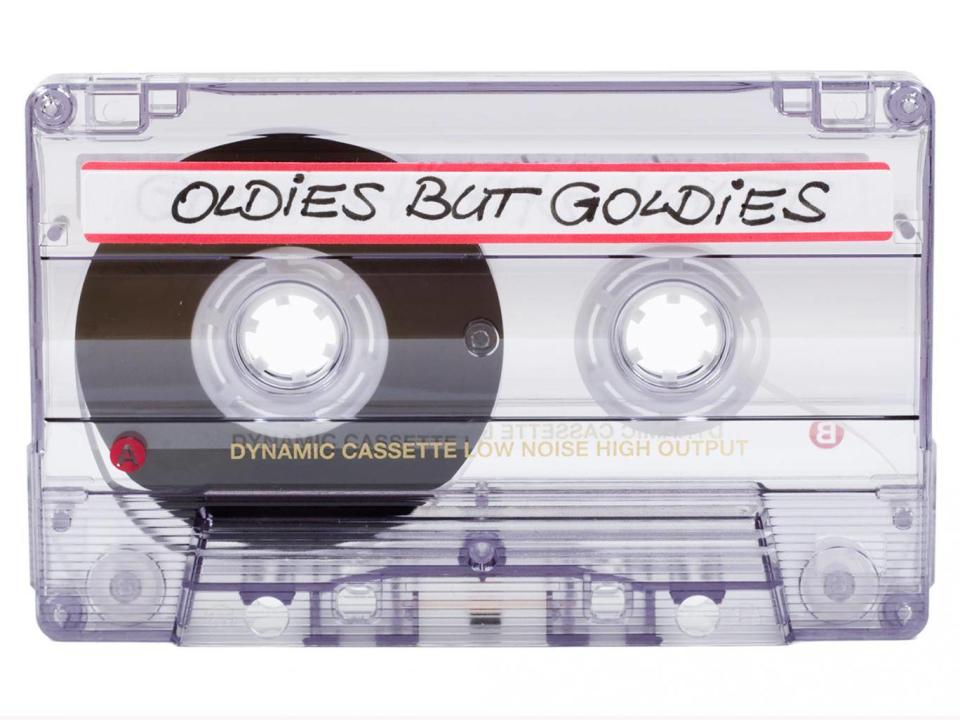iTunes Store at 15: How Apple’s mighty media marketplace murdered the mixtape
Today marks the 15th anniversary of Apple’s iTunes Store.
The desktop music and video vendor was launched on 28 April 2003 and took just five years to become America’s biggest music retailer.
Apple founder Steve Jobs had observed the popularity of Napster and illegal mp3 downloads and recognised the coming need for a legitimate alternative, quickly agreeing licensing deals with major record labels.
Apple’s revolutionary iPod and iTunes media player had been released two years previously and the Store would serve to feed their appetite for new tracks and albums, leaving the high street lagging behind and wondering what hit it.
The iPod had advanced the promise of the Sony Walkman, which first made music mobile through cassettes in 1979. Successor devices such as portable CD players and MiniDiscs had refined that innovation without really representing a great leap forward.
Apple’s iPod meant listeners no longer needed to carry unwieldy physical tapes or discs around with them. A complete library of all your favourite records was right there in your pocket, a clockwise thumb-scroll away.
In a matter of years, Apple’s innovations had completely changed the way in which we bought and played recorded music.
One of the casualties of this progression was the humble mixtape.

Sure, both iTunes and Spotify - an innovation that means you no longer even need to own your own music, just subscribe and stream – enable you to build playlists of your favourite songs quickly and conveniently.
Both make it easy to share your lists with friends and iTunes still allows you to burn them to CD. But where’s the romance in any of that?
However personal the tracks on a playlist might be, however carefully curated, the very ease with which they can be compiled means they can never represent a labour of love to the same degree as their 1990s ancestors, loaded with grunge and hip-hop.
Mixtapes were fiddly to make, an arduous business of recording from one device on to another - their very existence testament to the creator’s desire and commitment to making something unique, just for you.
And that's before you factor in the hours spent agonising over which tracks to include, an almost unbelievably nebulous and fraught process.
As Rob Gordon explains in Stephen Frears' film of High Fidelity:
"The making of a good compilation tape is a very subtle art. Many dos and don’ts. First of all, you’re using someone else’s poetry to express how you feel. This is a delicate thing.
"The making of a great compilation tape, like breaking up, is hard to do and takes ages longer than it might seem.
"You’ve got to kick off with a killer, to grab attention. Then you’ve got to take it up a notch, but you don’t want to blow your wad, so then you've got to cool it off a notch. There are a lot of rules."
In making a mixtape, you sought to impress the recipient with your unimpeachable taste without being aloof, dropping enough nailed-on classics to show you’re a populist at heart but with the right deep-cuts thrown in to prove you’re not a "Best of the Beatles" Partridge.
You wanted to appear discerning but fun, cutting edge but endearingly nostalgic, across all genres and entirely confident about kicking off with "Groove is in the Heart".
The same goes for the artwork. A mixtape and it contents were a declaration about who you were and/or what the person you were giving it to meant to you. A nice punky collage on the cover or some careful felt-tip lettering on the spine was a chance to reflect that. Done properly, your tape could hold its own next to 3 Feet High and Rising.
Even if you were to burn an iTunes playlist on to a CD today and give yourself the equivalent creative opportunity, the format still lacks the clattery plastic charm of a tape cassette, an item so cheerily low-tech it could be rewound with a pencil.
And what about the road trip mix?
"I’ve made cassette mixes featuring music from every part of the country we’ve planned to pass through. I drive… and the sound of Memphis rockabilly gives way to Mississippi country blues. Then, before we know it, Professor Longhair’s piano is rolling us into Louisiana and the Big Easy."
That’s Bruce Springsteen, the Boss himself, writing about the joys of the car stereo in his recent memoir Born to Run.
Marvel’s recent Guardians of the Galaxy movies made a great case for compilation tape nostalgia (“Awesome Mix Vol. 1”) just as Baby Driver last year made a persuasive argument for the already-retro glories of the iPod Classic.
Perhaps the real value of a tangible mixtape compared with a digital playlist is that it left you with a souvenir, a memento of lost love, absent friends or a great trip to cherish inside a shoebox of memories, an artefact to dig out periodically when feeling especially wistful about the unstoppable passage of time and the sun setting on the promise of a once golden youth.
Actually, perhaps they’re best off in the bin after all...

 Yahoo News
Yahoo News 
